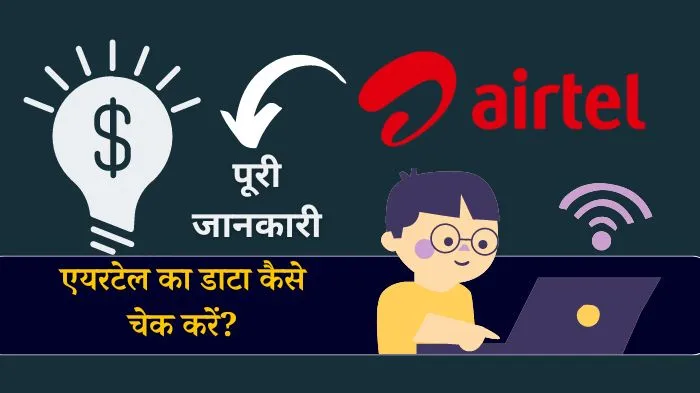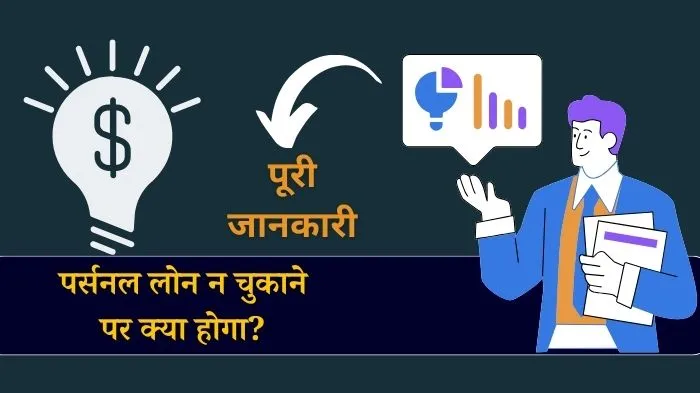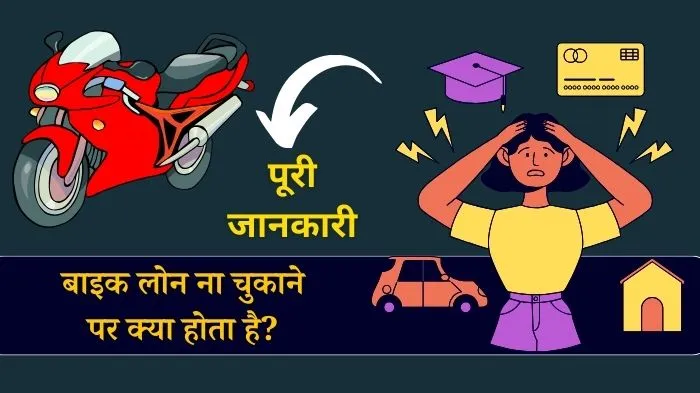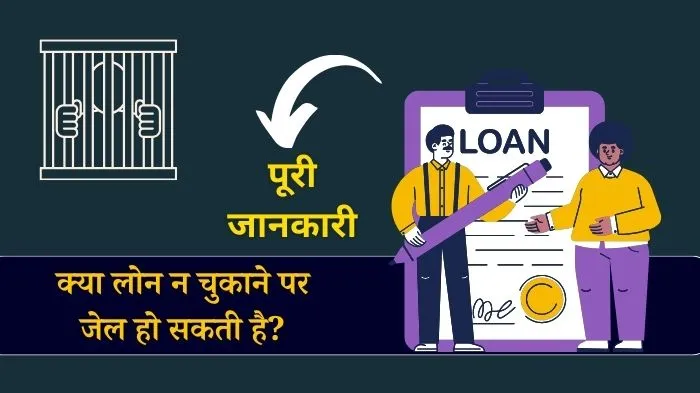So, you have considered taking your editing game to the next level but do not know where to start?
Editing can be a time-consuming process, and it’s normal to be confused if you are thinking about doing it professionally.
However, for professional editing, you need to focus a lot on detail. So, here are ten tips for you to get started on professional editing.
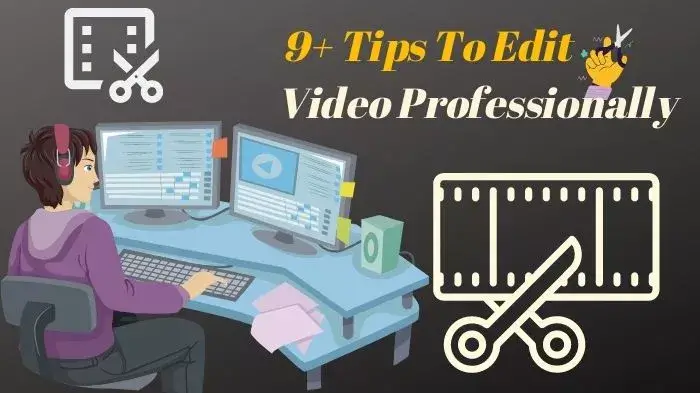
1. Plan a project directory
As a professional editor, you need to be clear with what you want in your videos and begin the need to plan. Do not be casual about your first professional video.
You cannot be unorganized and hope for your video to turn out to be good. Before you get started with editing, get a project directory. Include your editing goals in your project directory so that you do not go off track while editing.
An ideal video should have three parts, a beginning, a middle, and an end. If you do not have a script already, now is the time to make it.
Organize your project directory by making folders for things like sound, music, raw footage, graphics, photos, and so on.
Now arrange all your materials in these folders, so you wouldn’t have to hunt when you want to find something.
It will save your time and result in a smooth workflow. In addition, it will be easier for you to track your progress if you know how your final video will turn out.
2. Manage your media
One of the most important parts of professional editing is efficiently managing your media. Your media should be appropriately organized and easy to find.
When importing your video, make sure that you document each video element and think about how you will be using it. Finally, approve shots that will be included in the final take.
There are many ways to convert video into small video format through video to gif apps.
3. Have a backup
You never know when your hard drives and memory cards can fail. For security reasons, it is better to have a backup. Maintain a soft copy of your project directory in a separate location.
Cloud and drive storage will always be limited, and you can always run out of storage. If you wish to maintain an archive of all the files after the project has ended, transfer the files into an additional external drive before permanently deleting them from your computer. It is a smart way to free up space on your computer while still having additional copies of the project.
4. Choose the right video editor
Finding the right video editor is very crucial for the editing process. So first, think about your video needs.
Do you need something simple and easy? Or you need complex editing tools. Although if you decide on a complex video editor, you will need to spend some time learning how the editing tools work. If you want to know more other Video Editing Apps then you can simply read our article.
5. First draft
Edit your footage and curate a rough edit. Trim unnecessary endings and beginnings. Think about what’s relevant to the plot of your video and delete unwanted frames. Finally, focus on the message you want to deliver through your video.
You do not necessarily need to edit your entire video project from start to finish. Instead, you can individually work on scenes and sequences, so it will be easy for you to go back and edit a particular scene. If you want to save exclusive video to your device or mobile phone storage, then old vidmate is best option for you.
6. Transitions and fine edits
Once you are done with your first draft and a rough edit, it’s time to start fine edits. Fine edits include:
- Focusing on perfecting your edits.
- Trimming media.
- Perfecting the timing of your clips.
Don’t linger on scenes too long, or else you will lose your audience’s interest. Instead, arrange all your video clips together for effective transitions.
You can use animated transitions to build visual interest. Remember that you do not make your transitions too flashy or distracting, or it may take the focus away from the video’s message.
7. Pay attention to color correction
Once you are done making fine edits on your video, you have your final clip with you. The next step in your professional video editing process is making color corrections and adding effects to your video. Color correction includes two segments: color correction and color grading.
No matter how confident you are with your video, it is advised that you do not skip this step. Use standard editing tools to adjust contrast, brightness, saturation, and stabilize shaky footage. Aim to have even and consistent coloring across all your edits.
Color grading is the process of setting moods and differentiating elements in your video. This is the time when you can dramatize and focus on essential parts of your video.
8. Add texts and titles
A large part of your audience only views videos without switching on the audio. These viewers depend entirely on subtitles, titles, and texts to understand your video.
Do not overdo your text layout, or it may distract the viewer from watching your videos. To keep it professional, do not use flashy or overly vivid texts.
9. Focus on audio
You are almost done perfecting your professional video edit. If you have already added sound and music at the beginning of your video, it is time for you to go back and perfect your audio so that it matches your video.
Use meters and do not depend entirely on your ears. Delete unwanted sounds like the sound of the wind, breathes, or stutters.
Your final draft should have clean and strong audio. The volume should be consistent and smooth throughout the video.
10. Add visual effects
The last step is to add VFX or visual effects like CGI effects or compositing. Make sure that you do not miss this step to escape extra work. That is it! Export your video and upload it.
The bottom line is, you do not need to be a professional video editor to edit a video professionally. However, the above tips will surely give your video a professional look. So export your video at the highest rate possible and keep all the tips in mind when starting a new video project.
